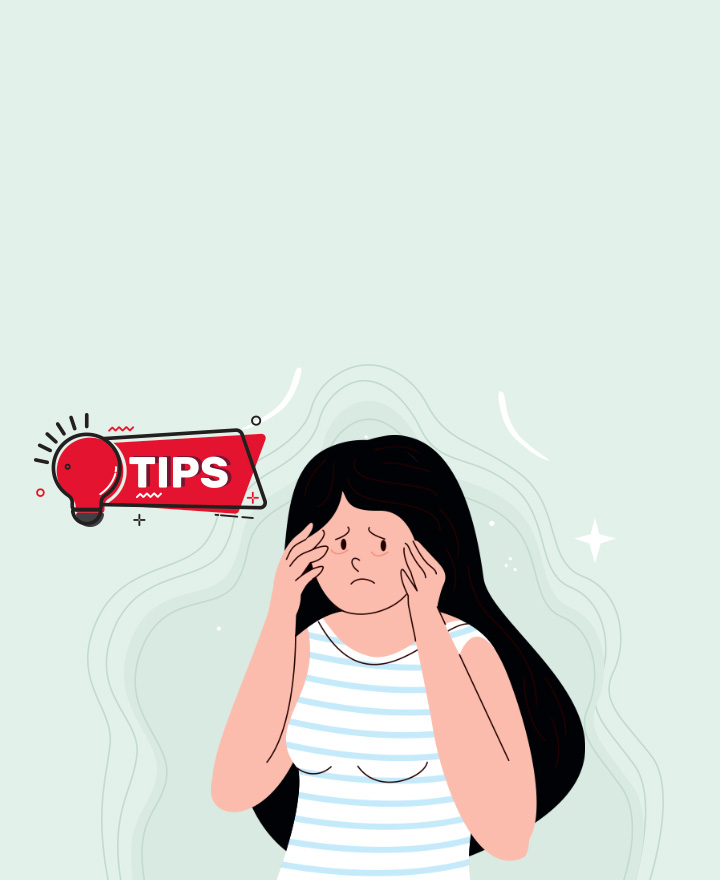

Tips to Prevent Heat Stroke in Summer
Heat stroke is a severe condition caused by the body overheating. This is often as a result of prolonged exposure to high temperatures or physical exertion in hot environments. The condition is more common in the summer months. If left untreated, heat stroke can be life-threatening. Read on to know more.
Symptoms
The main symptom of heat stroke is high body temperature i.e. above 104F. But fainting may be the first sign.
Other symptoms may include:
• Hot, red, dry, or damp skin
• Dizziness and light-headedness
• Nausea and vomiting
• Confusion or disorientation
• Rapid heartbeat
• Seizures
• Unconsciousness
• Muscle weakness or cramps
• Rapid pulse
Prevention Tips
To prevent heat stroke, consider below listed measures:
• Stay hydrated: Make sure you drink plenty of fluids, especially water, even if you’re not feeling thirsty.
• Dress Appropriately: Wear lightweight, comfortable, airy, and loose-fitting clothing. If required, you can even wear a heat to protect yourself from the sun.
• Avoid intense activities: Reschedule or cancel outdoor activities during the hottest parts of the day. If possible, shift the activity timing to coolest times of the day, either early morning or after sunset.
• Stay cool indoors: Use fans or air conditioning to stay cool, especially during hotter times of the day.
• Use sunscreen with SPF of 30 and above.
• Know the signs: Recognize the symptoms of heat-related illnesses and act promptly.
• Never leave people or pets in parked vehicles: It’s not safe and advisable to leave a person or your pet in a parked car in warm or hot weather. This is because when parked in the sun, the temperature in your car can rise 20 degrees F (more than 11C) in 10 minutes.
Other ways to prevent heat stroke include:
• Monitoring the colour of urine: Darker urine colour is a sign of dehydration. If you notice this, then be sure to consume enough fluids to maintain very light-coloured urine.
• Measuring weight before and after physical activity: This helps to monitor lost water weight through which you can determine how much fluid you need to drink.
When to see a Doctor?
If you think a person may be suffering from heat stroke, seek immediate medical attention. While waiting for emergency medical help, you can take below immediate action to cool the overheated person:
• Get the person into cooler indoors or shaded area
• Remove excess clothing
• Cool person with a cool shower, sponge with cool water, or by placing cold, wet towels on the person’s head.
Conclusion
Heatstroke is the most serious form of heat injury and it requires immediate medical attention. If untreated, it can quickly damage your brain, heart, kidneys, and muscles. If the treatment is further delayed, it can worsen this damage increasing your risk of serious complications or even death.
One of the important components of our overall wellness is also being financially secured. Healthcare emergencies can happen any time, but a good health insurance policy can protect you from such uncertain situations. To know more about Wellness and other health related tips, visit the wellness corner.
Source: mayoclinic.org, webmd.com
Disclaimer: This blog provides general information and discussions about health and related subjects. The information and other content provided in this blog, website or in any linked materials are not intended and should not be considered, or used as a substitute for, medical advice, diagnosis or treatment. Kindly contact your Doctor before starting a new medicine or health regime.
Related Articles
Boost Your Kid’s Immunity with These 10 Super Foods
Benefits of Eating Curd in Summer: Beat the Heat
5 tips to detoxify and cleanse your body
Heatwaves and Their Adverse Effects on the Body
Simple Tips to Detox Your Body in Summer
Published on May 15, 2024














 Health Insurance
Health Insurance  Travel Insurance
Travel Insurance  Car Insurance
Car Insurance  Cyber Insurance
Cyber Insurance  Critical Illness Insurance
Critical Illness Insurance
 Pet Insurance
Pet Insurance
 Bike/Two Wheeler Insurance
Bike/Two Wheeler Insurance  Home Insurance
Home Insurance  Third Party Vehicle Ins.
Third Party Vehicle Ins.  Tractor Insurance
Tractor Insurance  Goods Carrying Vehicle Ins.
Goods Carrying Vehicle Ins.  Passenger Carrying Vehicle Ins.
Passenger Carrying Vehicle Ins.  Compulsory Personal Accident Insurance
Compulsory Personal Accident Insurance  Travel Insurance
Travel Insurance  Rural
Rural